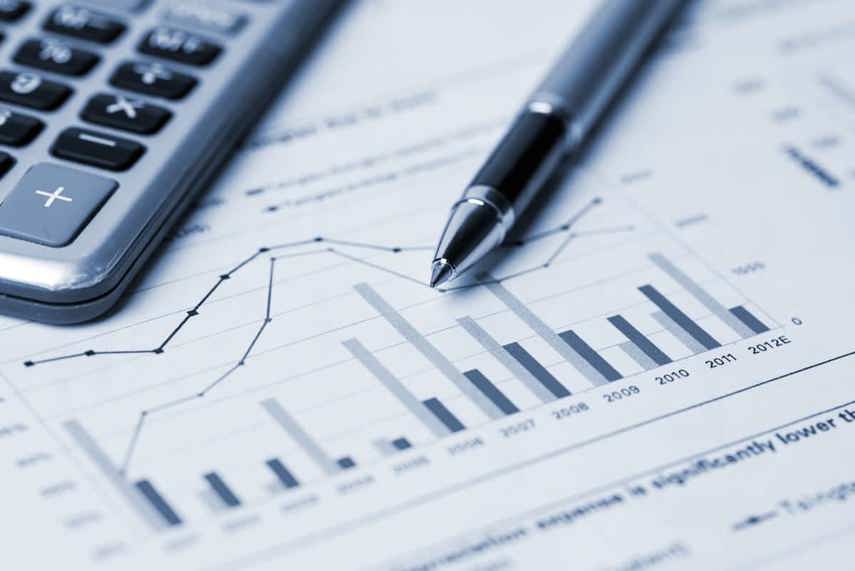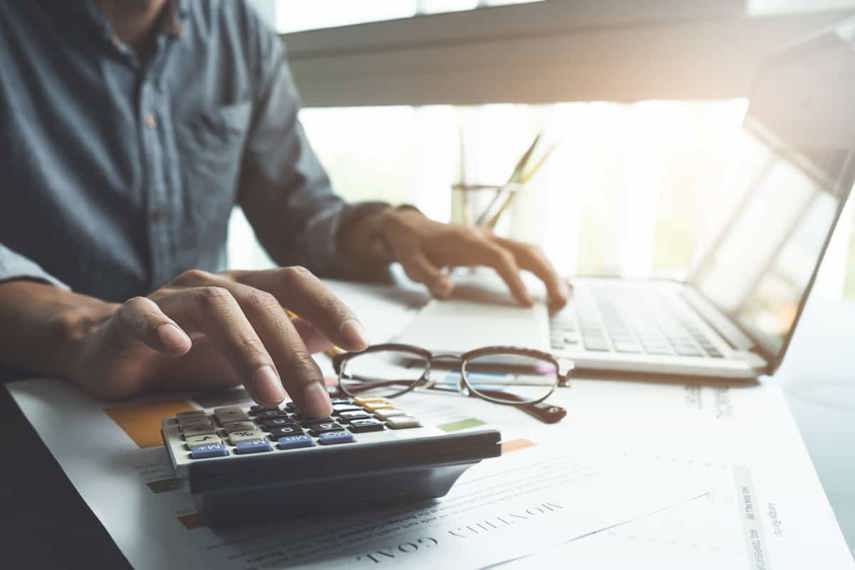
This article was updated in March 2023 to reflect new definitions, market trends, and current data.
A balance sheet shows what assets your business controls and who owns them.
It's a snapshot of a business’s financial health at a single point in time and lets you know precisely what things of value a business controls, also known as assets.
Assets represent items of value that a business owns and has in its possession, or something that can be received and measured objectively. However, when some else owns those assets, they are termed liabilities as these are items which the business owes to others, such as creditors, suppliers, tax, employee wages and so on.
They are necessary obligations that must be paid to others. Another facet of the balance sheet is equity, which represents retained earnings and funds contributed by shareholders for example.
The structure of a balance sheet
The balance sheet has its name because the two sides of the balance sheet need to always add up to the same amount. The balance sheet is separated with assets on one side and liabilities and equity on the other.
In other words, the relationship of these items is expressed in the fundamental balance sheet equation:
Assets = Liabilities + Equity

Assets
So, what exactly is an asset?
An asset is anything of value that your business directly controls.
Here are common examples of assets to a business:
- Cash
- Office equipment
- Vehicles
- Inventory
Accounts receivable are also assets, this number represents money that is owed to you by customers or clients who have not yet paid you.
The thing about assets is the financial ownership does not necessarily matter. The rule of thumb for assets is, if something is in possession of a company, it is considered an asset.
Let’s take for example the question of ‘did you buy a new computer for work?’ This would fall under the category of being an asset.
Another example of an asset would be if you bought a scooter for business deliveries.
The same is true for if you bought a printing machine for your business, again an asset.
Liabilities
Liabilities are essentially debts you owe to other people or businesses.
Some examples of common liabilities include:
- Credit card balances that are due
- An outstanding payment owed to vendor
- A long-term small business loan
The same holds true for if your business needs to pay debts in the future or has any future financial obligations, these debts are also listed in the liabilities section of the balance sheet equation.
Equity
Also known as owner’s equity or shareholders equity, it is the difference between what your company owns as assets and owes as liabilities.
In other words, it is the portion of the business assets that you own free and clear.
It is however important to note and that equity is not necessarily how much the business is worth if it were to be sold.
This is because businesses are usually valued based on a multiple of its earnings.
Presentation
It is important to note that under the asset sections aforementioned, the way accounts are listed in the balance sheet is by descending order of their liquidity, this means how quickly and easily the asset can be converted into cash.
Likewise, liabilities are listed in the order of their priority for payment.

3 methods for analysing inventory on a balance sheet
For certain types of businesses, inventory will be one of the most important items to analyse on the balance sheet, providing insight into the success and failures of the business in the past and present, and helping to inform decisions for the business’ future.
Weighted Average Cost
Another method business managers can use to account for inventory on the balance sheets is known as the ‘weighted average method’.
To use this method, simply divide the cost of goods the business has available for sale by the number of units for sale. This calculation will give you the weighted-average cost per unit.
Through this method, the cost of goods for sale becomes the sum of beginning inventory and net purchases.
FIFO
Analysing inventory on the balance sheets successfully can be done in multiple ways.
One of the most common ways business managers can use to account for goods on the balance sheet is through the FIFO inventory method, which stands for "first in, first out".
The FIFO method helps to estimate the value of inventory currently on hand at the end of a certain period, as well as the cost of goods sold during that same time.
The main principle of the FIFIO method is the assumption that inventory purchased first is also sold first, and that newer inventory sells after the older inventory. This principle entails that the cost of older inventory is assigned to the cost of goods sold and the cost of newer inventory is assigned to ending inventory.
The method is of course not foolproof, and the actual flow of inventory may not align exactly to this first-in, first-out pattern.
LIFO
A related but opposite method for accounting for inventory on balance sheets is the LIFO inventory method, which stands for the "last in, first out" method.
As you can guess, the method is in the name, much like the FIFO system. The LIFO method operates under the assumption that the last item of inventory purchased is the first one sold.
Many companies use LIFO on the basis that the cost of inventory naturally increases over time, where pricing inflation is the norm. The effect of this method is that the cost of the most recently acquired inventory will always be higher than the cost of inventory purchased earlier.
So, the ending inventory balance will be valued at earlier costs, and the most recent costs will appear in the cost of goods sold.

5 tips for a strong balance sheet
Great advisors will generally oversee three things: first, identify the causes of the weak balance sheet; second, suggest processes and actions for improvements; and third, enforce accountability.
Meanwhile we suggest the following best tips for achieving for a strong balance sheet:
1. Improve inventory management
It is especially important if your business trades in goods, to try and review your inventory stock levels immediately.
If inventory stock is obsolete, then your business needs to get rid of this – the cost of holding onto it could be more counterproductive than you realise, for example the cost of warehouse space alone.
2. Improve procurement
Does your business have a procurement strategy?
For example, having a purchasing schedule for the year can be beneficial if adhered to.
With the right planning and procurement, you'll have a positive effect on your business' balance sheet.
3. Reduce debtor days
Debtor days measures how quickly cash is being collected from debtors. Look at the collection of your receivables, as slow paying debtors can be highly detrimental to your business’ balance sheet.
We suggest implementing a clear collection strategy to ensure your business is getting paid on time.
This includes, being clear on payment terms, perhaps offering incentives for early payments, and charging late penalties on overdue invoices.
4. Review underperforming assets
Some assets will not be generating a healthy return. If an asset has been underperforming chances are that it will never return the cash your business is looking for – if this is the case it is time to liquidate them.
We suggest conducting a financial ratio analysis to determine whether your business is using its assets effectively and efficiently.
Your business may find that perhaps leasing assets rather than purchasing them could be more economically viable, this may be particularly true for assets that depreciate quickly such as technology.
5. Conduct a SWOT analysis
We suggest you maintain a forward focus and look to undertake a SWOT analysis.
Look at your strengths, weaknesses (that happen internally) and opportunities and threats (that happen externally) and ask yourself what may be lurking around the corner?
For example, what are the threats to your current position? What strategic plans should you make for future opportunities?
Your balance sheet should reflect your business strategy to create synergy, therefore impacting it positively.
6. Reduce staffing costs
Especially in the early stages of setting up a business, staffing costs comprise a major part of a business’ operating expenditure.
This means that, for many small businesses, reducing staffing costs and benefits can boost business equity. Although employment law and ethical standards limit your ability to trim staffing costs, it’s important not to take on more staff than you realistically need.
You can largely increase staff numbers as your business grows, rather than in anticipation of a future boom.
